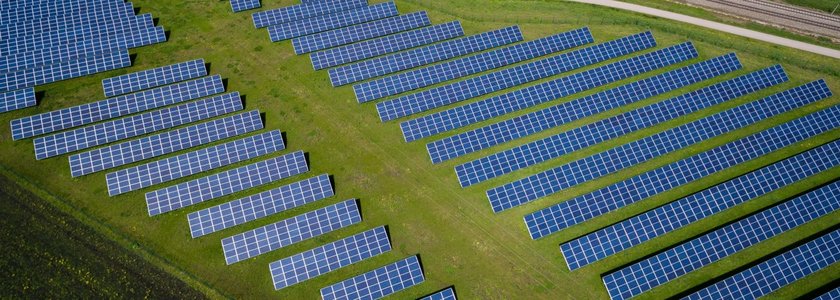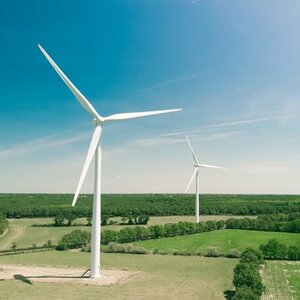

Renewables Gaining Momentum
It's just a couple of years away, but with the current momentum behind the shift to renewable energy for power generation the International Energy Agency (IEA) predicts that by 2025 renewables will overtake coal as the largest source of electricity generation worldwide.
While the share of electricity generated by wind and solar photovoltaic sources has been steadily on the increase over the past 20 years, the IEA predicts that within the next five years the total renewable energy capacity will double. Put another way, that's like adding as much renewable power generating capacity to the energy mix in the next five years as was added over the entirety of the last two decades.
While cost decreases, especially for solar photovoltaic technology, have been a big driver in the switch away from new coal power plants up until recently, another consideration, energy security, has spurred the recent acceleration in new and proposed renewable energy installations. The war in Ukraine, along with the subsequent tensions over, decreased supply of, and cost increases for Russian fossil fuels have spurred governments as well as businesses in Europe and beyond to increasingly seek alternatives that are less vulnerable to geopolitical tensions and conflicts.
Of course many challenges abound with such a drastic switch in the global energy mix. From regulatory challenges, to outdated power grids, and inadequate storage technology, these issues will all need to be confronted on the way to a future of net-zero carbon emissions by the middle part of this century.








